Audeze LCD-5 Review - Chrono's Take
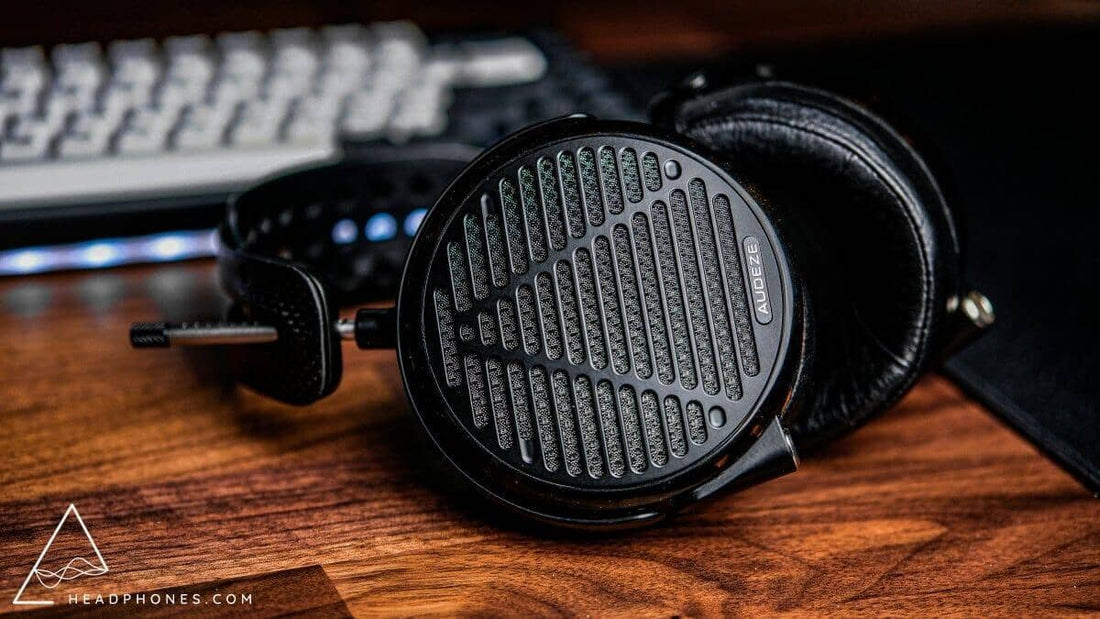
Written by Chrono
Introduction
The LCD-4 from Audeze was introduced nearly seven years ago, and since its introduction it’s been lauded for its ability to reproduce listener’s favorite tracks at a pristine, nearly-unmatched level of quality. Despite delivering–even to this day–some of the very best performance that you can find in a headphone, there were a few issues that have arisen over the years with the LCD-4’s design and tuning that have perhaps slightly marred the tail-end of the legendary flagship’s life cycle. However, now in 2021, we have the Audeze LCD-5 ; a new flagship that delivers nothing short of the best that Audeze’s design and acoustic technologies have to offer, whilst also overcoming the challenges of its predecessor.
Sources and Music Used in Listening Tests
The Amplifier/DACs used in this review were the SPL Phonitor XE (with built-in DAC), Grace Design SDAC + A90 , and the JDS Labs Element II connected via USB to my desktop computer. For the listening tests I used music from a wide variety of genres including Rock, Jazz, Classical, Acoustic, Hip-Hop, and latin. I played tracks from my own FLAC library as well as from Qobuz streaming service played via Roon (exclusive mode).
Accessories
As far as accessories go, it’s the usual set included with Audeze’s LCD-series headphones. For starters there’s an aluminum travel case that whilst not being particularly portable, will keep your LCD-5’s safe should you find yourself traveling with them. Then there’s the included, braided OCC high-purity copper cable featuring dual 4-pin mini-XLR to ¼” connectors. Aside from that, though, there is only a bit of paperwork that includes the certificate of authenticity and warranty card.
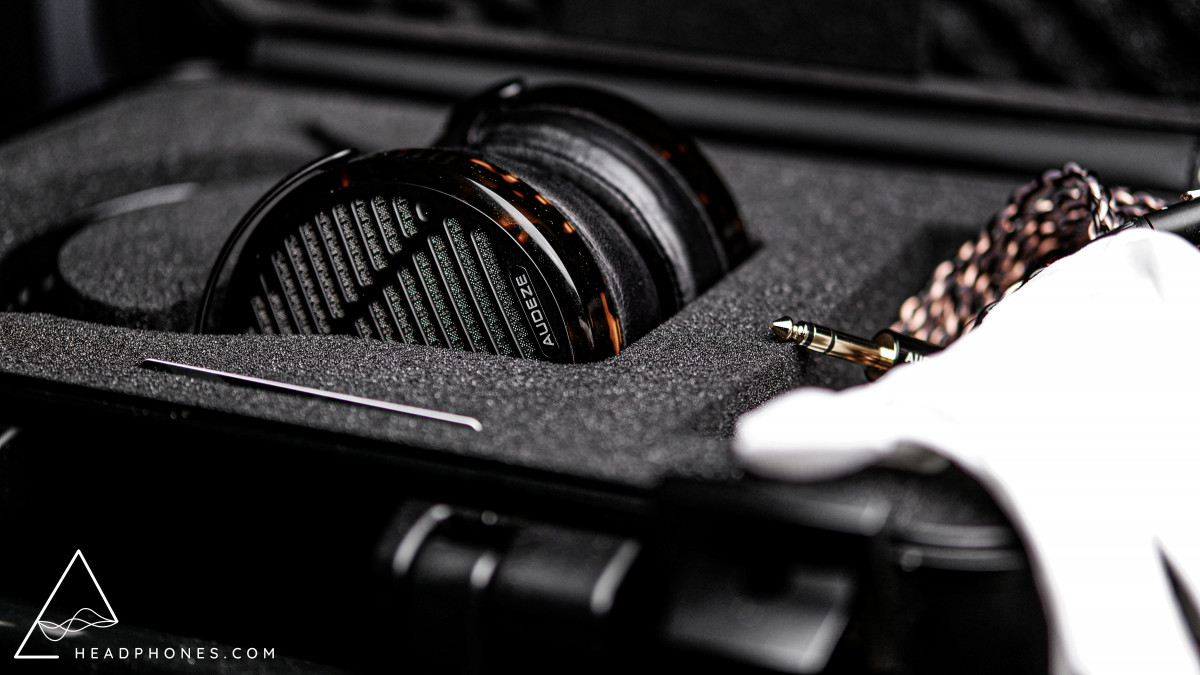
Build & Comfort
One of the major criticisms that the LCD-4 often faced was related to its design. Like most of the other LCD-series headphones of the time, it featured the traditional all-metal and wood design employed by Audeze, which when paired with the double-sided magnet structure, made for an astoundingly heavy headphone at 690g even after the introduction of a carbon-fiber headband. This weight issue, then, was addressed by the LCD-5 in the form of an entirely new and more compact chassis design from Audeze.
It may be a little bit on the clampy side (at least on my head), but for me this is the most comfortable LCD-series headphone I’ve worn to date. With its magnesium, carbon-fiber chassis clocking in at only 420g, the weight loss when compared to some of Audeze’s previous designs is certainly appreciated and immediately noticeable. I also really like the fit that the new pads and headband offer, as it feels secure and stable when wearing, whilst adequately balancing the LCD-5’s weight. I know for some listeners it might be tough seeing the robust, traditional, wooden LCD-series design being cast aside for the LCD-5, but in my opinion, the gains in comfort and form factor that the new build delivers is definitely worth the change and it’s a design I hope will be employed in future revisions of Audeze’s other LCD headphones like the LCD-2 or LCD-X .
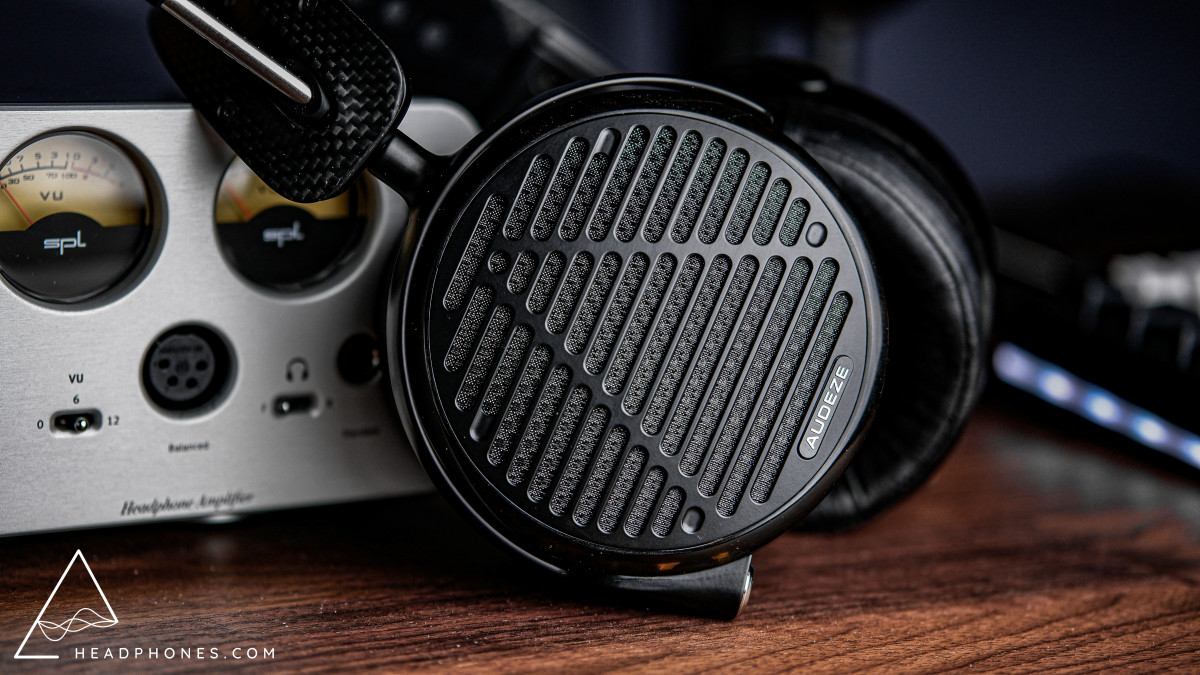
Sound
Not only is the LCD-5 sporting a new chassis, but a new driver structure altogether. Of course, it’s still a planar-magnetic headphone as we’d expect from Audeze. However, it forgoes the LCD-4’s double-sided, 106mm fluxor magnet array in favor of a single-sided, 90mm fluxor magnet array that’s paired with Audeze’s updated Fazor waveguides and their new Parallel Uniforce voice coils to better control diaphragm movement and improve the resolution that can be achieved.
First Impressions
It had been a while now, over a year, since I last heard a headphone that truly impressed me; one that was able to make me feel as though I was listening to my favorite tracks in an entirely new light. The last time I experienced this was with the Sennheiser HD800S , which–even after trying great headphones like the Focal Clear and LCD-2–I personally felt achieved a further level of polish in its presentation.
Now with the LCD-5 I got to experience that sensation again. It’s a headphone that when compared to everything else I’ve listened to thus far, provides an unparalleled level of clarity and I feel no hesitation in saying that it’s quite noticeably the most resolving headphone I’ve heard. I also have to mention that it seems as though Audeze really listened to the criticism regarding the LCD-4’s tuning, as out-of-the-box the LCD-5 has a very easy-to-listen to and for the most part well-balanced tonality. Of course, no headphone is perfect, though, and the LCD-5 does have some interesting stuff going on in its upper registers, particularly in its upper midrange to lower treble transition.
Bass
The LCD-5’s bass response is tight, with bass tones feeling well-textured and nuanced. As is usually the case with planar magnetic headphones, the bass here is deep with no roll-off that I could hear, easily articulating the depth and rumble of the sub-bass region under 50hz. The only thing I will point out regarding the LCD-5’s bass response is that it can feel lean under 100hz, and would definitely benefit from an EQ bass shelf or a bass-boost toggle. Aside from that, though, I’m inclined to say that this is the best bass reproduction I’ve heard on headphones–it’s precise and nimble throughout.
Mids
Unlike some previous LCD-series headphones and its predecessor, the LCD-4, which tended to have dark midrange tunings, the mids on the LCD-5 are linear and beautifully-voiced, with some of the most natural mid tones I’ve heard in an Audeze headphone. Fundamental tones in the 300hz-1000hz range have an adequate amount of energy to them, which lends vocals and instruments a rich and robust body that is nicely embellished by the solid presence that LCD-5 has in the upper-midrange around 2500hz-5000hz. For my tastes and preference, I feel as though the LCD-5 is perhaps just a tad bit shouty as a result of a bump at around 3000hz, but I think for most listeners this will not be a problem; just something to keep in mind if you’re sensitive to that region of the frequency response like I am.
Highs
The treble range is definitely where I find the LCD-5 to be most interesting, and also the region of the frequency response that most noticeably impacts the headphone’s tonality as a whole.
Somewhere between 5500hz-6000hz the LCD-5 seems to dip or downshelf the rest of the treble range by about 3dB-4dB, and this had two distinct effects in my listening experience. The first one was that the harmonics and overtones that are in this region of the frequency response felt a bit muted or lacking in energy; so vocals didn’t glisten as much, brass instruments and electric guitars lost some of their bite, and cymbals in particular seemed to have their splash and sizzle snuffed out. I would describe this as giving the LCD-5 a slightly “stuffy”quality, since it felt lacking in brilliance; and whilst that may be perfect for those who prefer really warm highs, those searching for airier and more energetic treble ranges may be left wanting.
Additionally, the sudden drop in the treble made for a somewhat harsh transition between the upper mids and the lower treble. The slight bump I mentioned previously at 3000hz, and the bump at 5500hz that precedes the drop are starkly highlighted and made out to be more aggressive than they really are by the mild treble recession, which resulted in some glare and haziness in that region of the LCD-5’s frequency response. Mind you, this doesn’t even come close to breaking the listening experience on the LCD-5, but given that it’s actually an extremely detailed and articulate headphone in the highs, I feel as though the tuning doesn’t do its technical prowess favors in this regard.
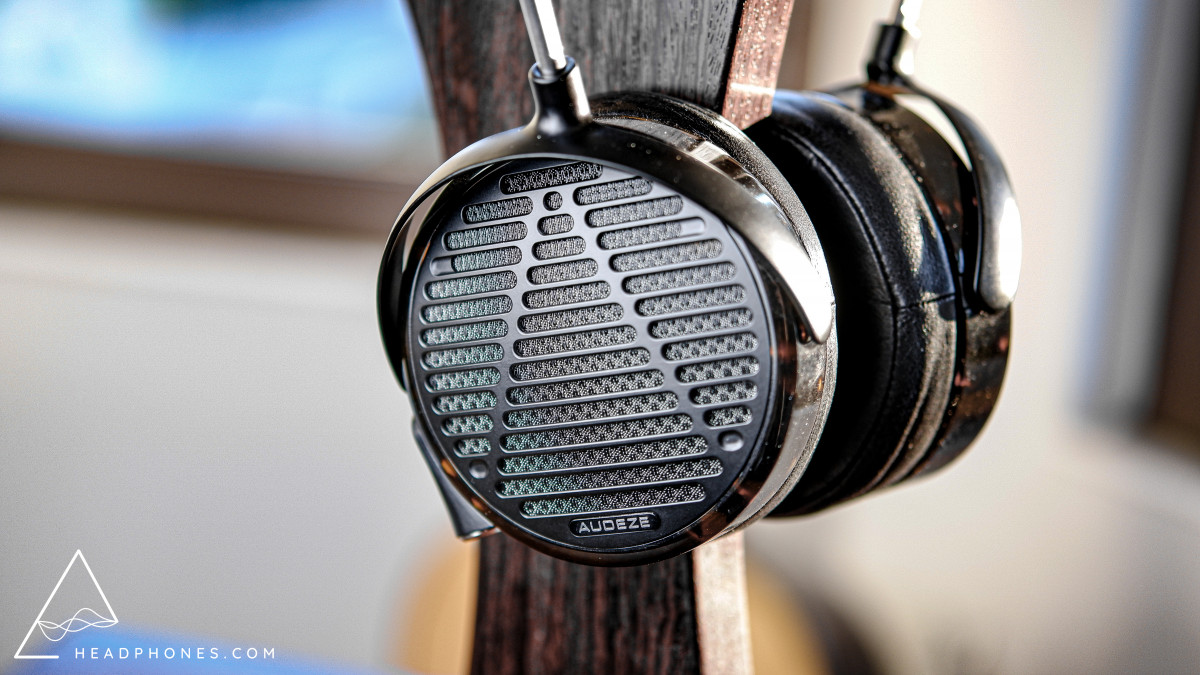
Resolution
I know I’ve mentioned this a few times already throughout this review, but when it comes to detail retrieval and image clarity, the LCD-5 is simply spectacular. Even when compared to other headphones in this price range like the Focal Utopia and Final Audio D8K Pro , the LCD-5 is in my opinion a clear step ahead when it comes to achieving a higher level of internal resolution. It’s a remarkably transparent headphone that provides an unbelievably stable image of the music, with all vocal and instrument tones being pristinely reproduced–undoubtedly the best I’ve heard yet.
Soundstage, Imaging, and Layering
For spatial qualities, the LCD-5 has a presentation that is not unlike that of other LCD-series headphones. Whilst its soundstage is not as wide as that of the D8K Pro, or HD800S, it does feel quite a bit more spacious and capable at conveying a sense of distance than the Utopia. For imaging, it delivered flawless performance, easily delineating the positioning and directionality of sound without gaps that may break the soundscape. Then, as for instrument separation and layering, it provides an excellent level of distinction between all the different parts and tracks that compose a mix; which when paired with the LCD-5’s immaculate resolution makes for a transformative listening experience that really allows you to peer into the music.
Dynamics
When it comes to providing a sense of punch and slam, I feel as though the LCD-5 delivers good performance. In this regard it’s definitely outperformed by the Utopia, but for a planar magnetic headphone it performs rather well. It’s definitely energetic enough to make for an engaging listening experience, and for comparisons, I feel as though it offers more tactility and low-end kick than some of its planar peers such as the Empyrean Elite and D8K Pro.
EQ
The LCD-5’s stock tuning is actually pretty good, and one that I don’t think sounds particularly odd. However, it is quite warm for my preference and as I mentioned earlier it can affect the LCD-5’s timbral qualities. With my EQ, I seek to bring the LCD-5 closer to what I consider to be “neutral-sounding,” with a bit more bass and brilliance. If you’d like to try out my settings for the LCD-5, these are the filters I used:
- Low Shelf at 85hz, +4dB Q of 0.7
- Peak at 3000hz, -3dB Q of 3
- Peak at 5500hz, -2.5dB Q of 4
- High Shelf at 6000hz, +4dB Q of 0.7
- Peak at 8000hz, +1dB Q of 2
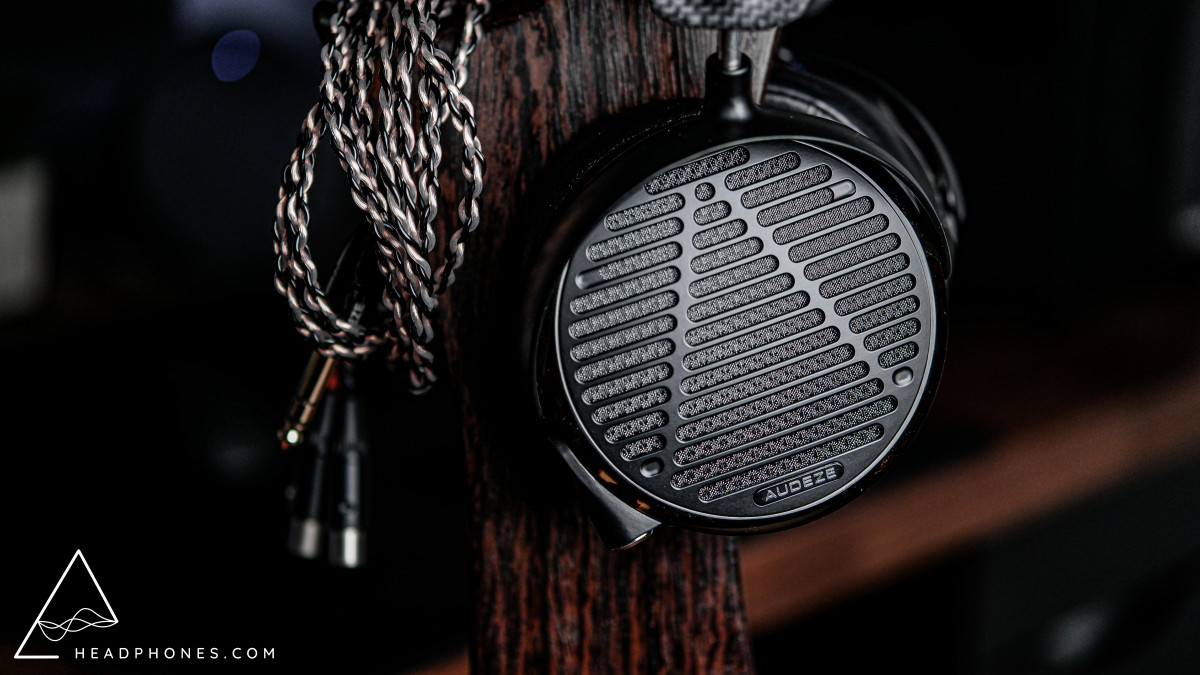
Conclusion
The LCD-5, I think, marks an evolution in both acoustic technology and design. It’s clear that Audeze not only took the time to listen to the praise that the LCD-4 garnered, but also to understand the criticism that it received. With its elegant, comfortable design, great tonal balance, and exceptional technical performance I think that the LCD-5 is a wonderful successor to the LCD-4 and one that serves as a standard for the kind of experience a flagship headphone should entail. At its retail price of $4,500 the LCD-5 is without a doubt a headphone that is prohibitively expensive, but if you’re looking for a truly outstanding listening experience and you can afford it, it’s tough not recommending it.
-Chrono
Check out the video review here:
---
Buy the Audeze LCD-5 at Headphones.com for the best available price here.
Discuss the Audeze LCD-5 on the HEADPHONE Community Forum Here.
---
